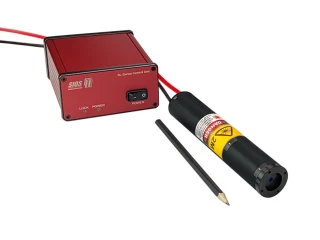Stabilized Laser Systems
Frequently Asked Questions
What is a stabilized laser system?
A stabilized laser system is a type of laser that maintains a constant output power and frequency over time and temperature.
What are some applications of stabilized lasers?
Stabilized lasers are commonly used in precision measurements, spectroscopy, and telecommunications, among other fields.
How does a stabilized laser system work?
A stabilized laser system typically uses a feedback loop to monitor and adjust the laser output to maintain stability.
What are the advantages of using a stabilized laser?
Stabilized lasers offer higher accuracy, repeatability, and stability compared to non-stabilized lasers.
What factors should I consider when choosing a stabilized laser system?
Factors to consider include the required stability, power, wavelength, and beam quality, as well as cost and ease of use.
Looking for stabilized laser systems for your research or industrial application? FindLight offers a wide selection of laser systems sourced from leading suppliers that deliver high performance and stability. Stabilized laser systems are essential for applications that require high-precision measurements or for use in sensitive environments where temperature and vibration can affect the laser's output. Our range of stabilized laser systems includes various wavelengths and power outputs to meet your specific requirements. Explore our selection of stabilized laser systems from trusted suppliers to find the perfect solution for your needs.
